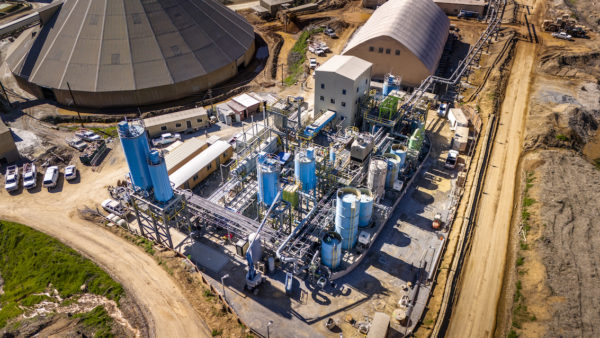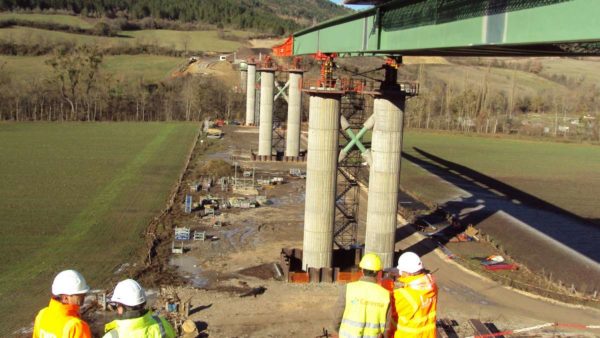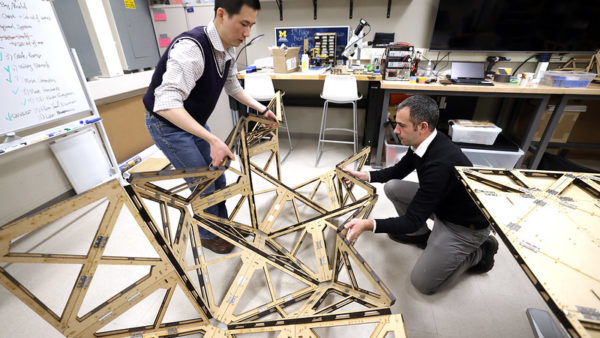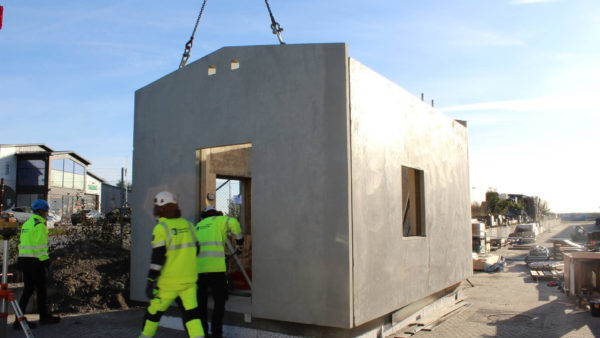4 December 2013
A Japanese construction firm is proposing a way to solve the world’s energy problems by turning the moon into a giant solar power plant, reports Rod Sweet
In October we reported on the Japanese space agency’s dream of beaming solar power to earth from a satellite in geostationary orbit.
This plan, imagined by Tokyo-based Shimizu Corporation, goes much further.
It believes it’s possible to lay a belt of solar panels 400km wide around the equator of the moon and relay the near-inexhaustible supply of the sun’s energy to "receiving stations" on Earth by laser or microwave.
The proposed "Luna Ring" would be capable of sending 13,000 terawatts of power to Earth. That’s a lot of power. Shimizu says that in 2011 the entire US generated just 4,100 terawatts.
It’s the "ultimate dream of mankind", Shimizu says – the shift once and for all from the scarce and risky energy sources we have now to the clean, abundant and never-failing sun.
Shimizu believes that construction on the moon could begin around 2035, given the current trajectory of space research – if, that is, the countries of the world cooperated.
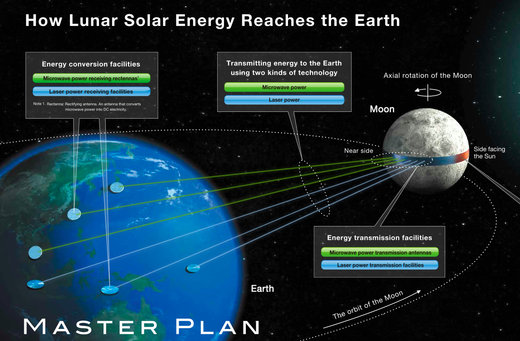
(Shimizu Corp)
The plan
The first step would be to build a 400km-wide belt of solar cells along the entire 11,000km-long equator of the moon, half of which is exposed to the sun’s rays at any time.
The power generated by these sun-facing cells would be sent by buried cables to transmitting stations on the Earth-facing side, which would ‘beam’ the power to receiving stations on Earth through microwaves and laser.
Microwaves would be sent to 2km-wide receiving arrays of antennas, and laser beams to 1km-wide fresnel lenses for concentration and conversion to electricity.
Shimizu says that a guiding radio beacon from Earth would ensure accurate transmission.
Perhaps the most outlandish part of the plan is how the lunar solar plant would be built.
Shimizu envisages an army of remote-controlled robots using hydrogen imported from Earth to mix with lunar soil to make water – and concrete.
Bricks, ceramics, glass and other materials could be rustled up using what’s already on the moon, Shimizu says. Components would be preassembled for installation, and a team of astronauts would be on hand to keep an eye on things.
Direction of travel
Shimizu believes that, far from being science fiction, the concept is consistent with advances in space exploration and engineering, from America’s Apollo mission to the moon in 1969 to the rover, Curiosity, now remotely investigating the climate and geology of Mars.
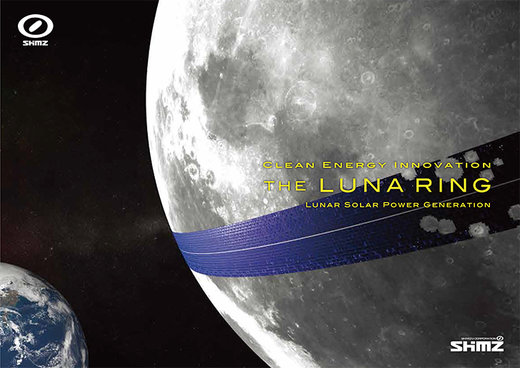
(Shimizu Corp)
The development of space solar power systems – SSPs – is another key ingredient. Japan’s space agency JAXA has been testing laser power transmission since 2003, Shimizu says, adding that in 2008 the US and Japan collaborated on tests of microwave power transmission in Hawaii.
In Shimizu’s scheme of collaborative, international development from here to 2035, the current decade is spent working on big space structures, assembly robots, lunar resource use and construction techniques, and on developing the SSPs.
In the 2020s, Shimizu says, there should be demonstrations of the key system components, such as a prototype solar power station on the moon and a system for transmitting power to earth.
Also in this decade, remote-controlled construction robots are shown to work and the moon is being mined for resources.
Commercialisation of SSPs happens in the 2030s, with preparation underway for Luna Ring construction, including an orbiting station to provide power for the lunar build program itself.
Easy to be cynical
Shimizu describes the Luna Ring proposal as being "for the benefit of upcoming generations".
It joins earlier self-described ‘dreams’ including a giant floating botanical community and a 2km-high, carbon-fibre city in the shape of a pyramid.
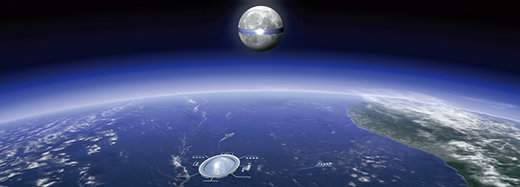
(Shimizu Corp)
It’s no coincidence that a Japanese company is articulating such a vision of energy security through ingenuity. Nearly four years on from from the disaster at Fukushima, Japan is still agonising over how to power its future.
Possibly the most far-fetched part of the proposal is that, by the 2030s, an international regime will be in place to develop the lunar solar energy resource.
It’s easy to be cynical, but many will remember US president John F Kennedy urging Congress in 1961 to think big about the US space program.
"First, I believe," he said, "that this nation should commit itself to achieving the goal, before this decade is out, of landing a man on the moon and returning him safely to the Earth."
And that’s what happened.






